Spice, Soul, and Soul Food: What Is Brazilian Cuisine Really All About?
Brazilian cuisine is a vibrant explosion of flavors, colors, and spices that reflect the country's rich cultural diversity and natural abundance. From the Amazon rainforest to the bustling streets of Rio de Janeiro, Brazilian food tells a story of indigenous roots, African heritage, Portuguese colonization, and immigrant influences from Italy, Japan, and beyond.
In this blog post, we’ll explore what makes Brazilian cuisine unique, uncover its signature ingredients, and give you practical tips to bring a taste of Brazil into your kitchen — all with a generous sprinkling of spice!
Table of Contents
- The Roots of Brazilian Cuisine: A Spicy Melting Pot
- Staple Ingredients That Define Brazilian Flavor
- Top 5 Must-Try Dishes from Brazil
- Brazilian Spice Secrets: Herbs, Chilies, and More
- Practical Tips for Cooking Brazilian at Home
- Modern Twists & Fusion Trends in Brazilian Cuisine

The Roots of Brazilian Cuisine: A Spicy Melting Pot
Brazilian cuisine didn’t just pop out of nowhere like a plate of perfectly grilled picanha. It’s the result of centuries of cultural exchange, migration, and adaptation. Here’s a quick breakdown:
- Indigenous Influence: Before European contact, native tribes relied on cassava, maize, and tropical fruits. Their methods of roasting, grilling, and fermenting are still seen today.
- Portuguese Arrival: When the Portuguese colonized Brazil, they introduced dairy, wheat, and meats like pork and beef, which eventually became central to dishes like feijoada.
- African Impact: Enslaved Africans brought bold flavor profiles and cooking techniques that laid the foundation for iconic dishes like moqueca (a spicy fish stew) and acarajé (black-eyed pea fritters).
- Immigrant Infusions: In the late 19th and early 20th centuries, waves of Italian, Japanese, Lebanese, and German immigrants added their own flair — think risotto-style dishes and sushi-inspired creations.

Staple Ingredients That Define Brazilian Flavor
If you want to understand Brazilian cuisine, start with the basics. These ingredients form the backbone of everyday meals and festive feasts alike:
| Ingredient | Description | Typical Use |
|---|---|---|
| Cassava (Manioc) | A starchy root vegetable available fresh, dried, or processed into flour (farofa). | Used in side dishes, snacks, and sauces. |
| Black Beans | The star of feijoada, Brazil’s national dish. | Cooked slow and simmered with pork and spices. |
| Dendê Oil | A vibrant red palm oil with a rich, nutty flavor, commonly used in Bahia cuisine. | Adds color and depth to stews, seafood, and fried foods. |
| Coconut | Fresh coconut meat, milk, or grated versions appear in both savory and sweet dishes. | Common in moqueca and desserts like beijinho. |
| Lime | The ultimate flavor enhancer and garnish in Brazilian cuisine. | Spritzed over grilled meats, ceviches, and caipirinhas. |
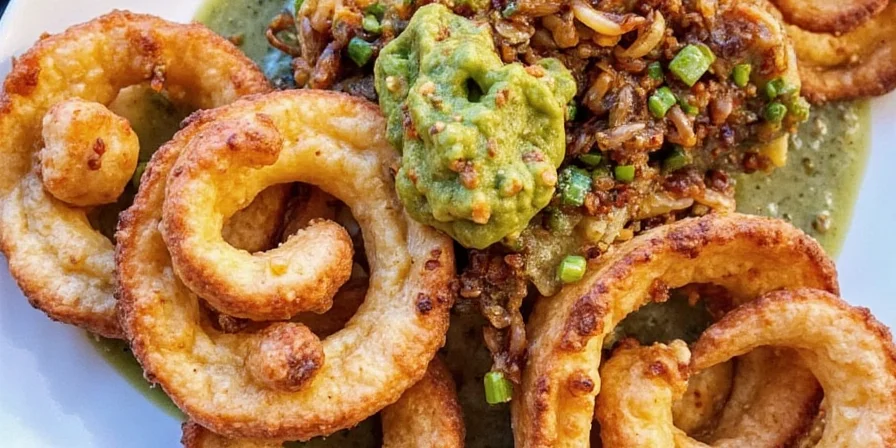
Top 5 Must-Try Dishes from Brazil
Ready to dive into the flavors of Brazil? Here are five must-try dishes that showcase the country’s culinary diversity — and don’t worry, they’re packed with spice, soul, and some serious wow-factor:
- Feijoada: A hearty black bean stew made with pork, beef, and spices, often served with rice, collard greens, orange slices, and crunchy farofa.
- Moqueca: A coastal dish featuring fish cooked in coconut milk, tomatoes, onions, and aromatic herbs — typically flavored with dendê oil and garlic.
- Picanha: The beloved cut of top sirloin, seasoned simply with coarse salt and grilled to perfection on skewers — a highlight at any churrasco (Brazilian BBQ).
- Acarajé: Deep-fried balls made from seasoned black-eyed peas and shrimp, filled with spices and stuffed with dried shrimp or caruru (okra stew).
- Brigadeiro: While not spicy, this chocolate truffle made with condensed milk, cocoa powder, and chocolate sprinkles is Brazil’s favorite dessert — and a party staple.
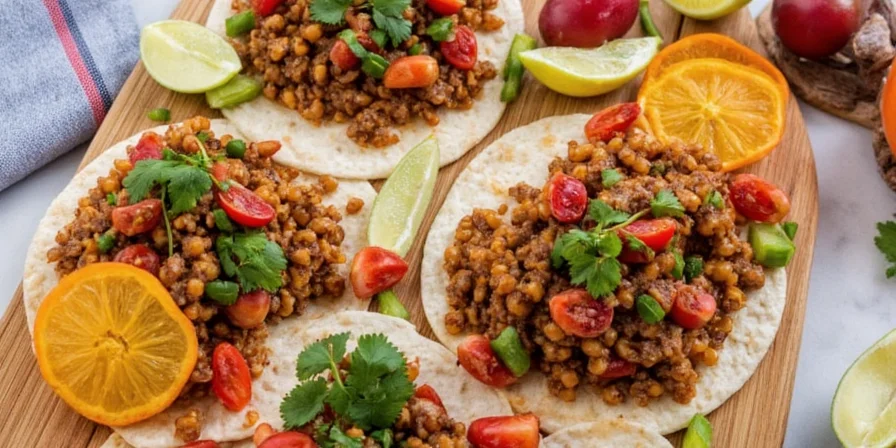
Brazilian Spice Secrets: Herbs, Chilies, and More
While Brazilian cuisine isn’t known for overwhelming heat, it certainly knows how to deliver complex layers of flavor through herbs, aromatics, and subtle spiciness:
- Coriander (Coentro): Fresh coriander leaves are essential in salsas, marinades, and garnishes, especially in the North and Northeast regions.
- Cilantro vs. Culantro: Cilantro is common, but culantro (long-leaf coriander) is widely used in regional dishes like vatapá (bread-based shrimp paste).
- Malagueta Chili: This tiny but fiery pepper brings heat to many traditional recipes and hot sauces. Don’t underestimate it!
- Bay Leaf: Often overlooked, bay leaf adds warmth and depth to feijoada and other long-simmered stews.
- Annatto (Urucum): Used to color and mildly flavor dishes, especially in indigenous communities and Bahian cuisine.
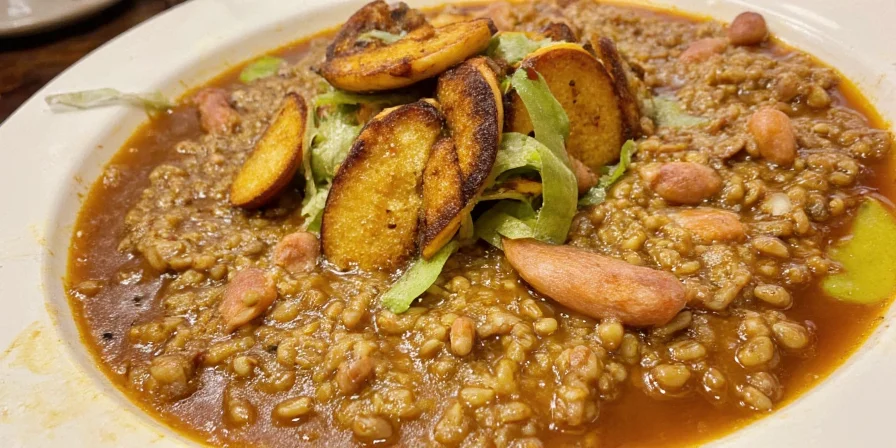
Practical Tips for Cooking Brazilian at Home
You don’t need a beachfront apartment in Copacabana to enjoy Brazilian cuisine! Here are five practical tips to help you recreate authentic flavors in your own kitchen:
- Start with Farofa: Toast cassava flour in butter or olive oil until golden. Add garlic, onion, bacon bits, or bananas for extra flavor.
- Make Your Own Caldo Verde: While traditionally Portuguese, this green soup is popular in Brazil too. Blend potatoes, kale, garlic, and olive oil for a healthy side.
- Master the Mojo: Create a Brazilian version of mojo by mixing lime juice, garlic, cumin, and a dash of hot sauce. Drizzle over grilled meats or roasted veggies.
- Infuse Oils with Local Flavors: Heat olive oil with annatto seeds, garlic, and dried chilies to create a base for frying or drizzling.
- Try a Brazilian Marinade: Combine soy sauce, garlic, lime juice, brown sugar, and black pepper to marinate chicken or beef before grilling.
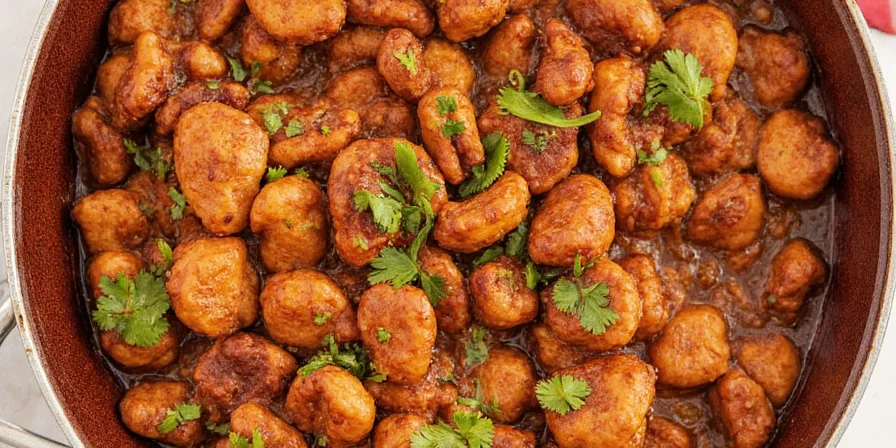
Modern Twists & Fusion Trends in Brazilian Cuisine
Today’s chefs are reimagining traditional Brazilian flavors with global flair. Here are a few trending fusion ideas you might find popping up in restaurants across São Paulo and even in major cities abroad:
- Japanese-Brazilian Fusion: Think sushi rolls filled with moqueca ingredients or tempura-fried acarajé bites.
- Italian-Brazilian Pasta: Creamy pasta sauces made with dendê oil, shrimp, and coconut cream — an unexpected but delicious combo.
- Lebanese-Brazilian Wraps: Grilled picanha wrapped in flatbreads with tahini, pickled vegetables, and cilantro — a street food reinvention.
- BBQ Meets Latin Grill: Smoked meats rubbed with Brazilian spices like annatto and served with chimichurri or habanero sauce.
- Spiced Brigadeiro Cupcakes: The classic dessert gets a spicy twist with chili flakes or cinnamon-infused chocolate ganache.

Conclusion
Brazilian cuisine is more than just barbecue and beach snacks — it’s a deeply rooted culinary tradition full of bold flavors, cultural stories, and a love for community. Whether you're tossing a handful of cassava flour into a pan or simmering a pot of feijoada for Sunday dinner, each bite connects you to a world of history, heart, and heat.
So go ahead, embrace the spices, experiment with new combinations, and remember: in Brazilian cooking, every meal is a celebration — and every bite should make you feel alive.

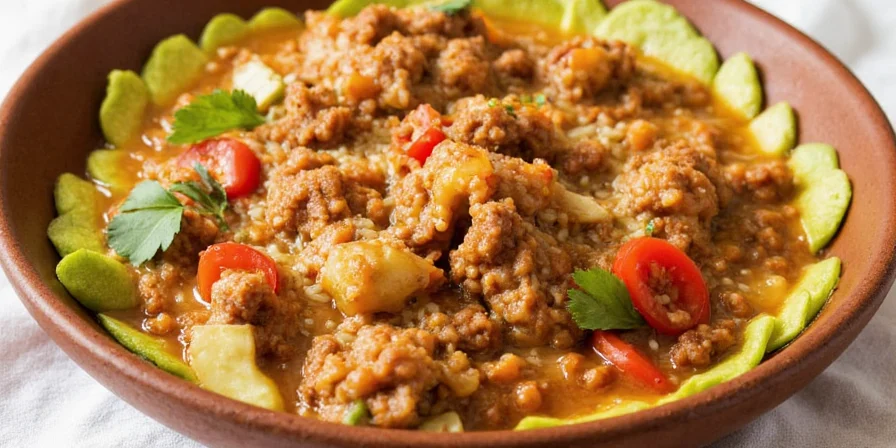









 浙公网安备
33010002000092号
浙公网安备
33010002000092号 浙B2-20120091-4
浙B2-20120091-4